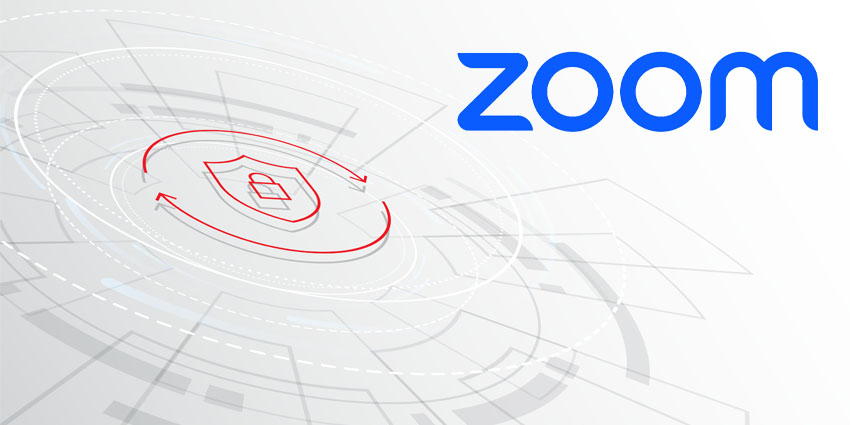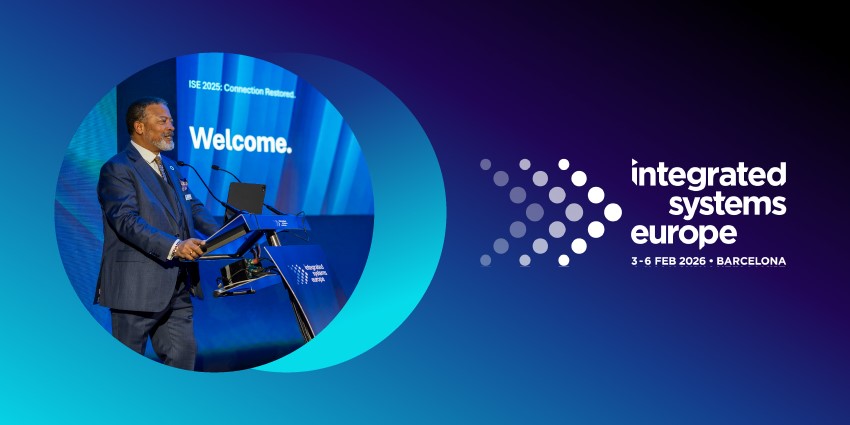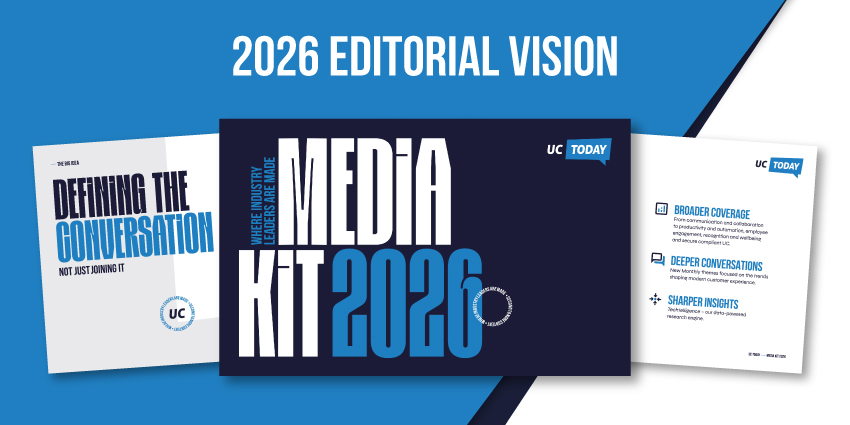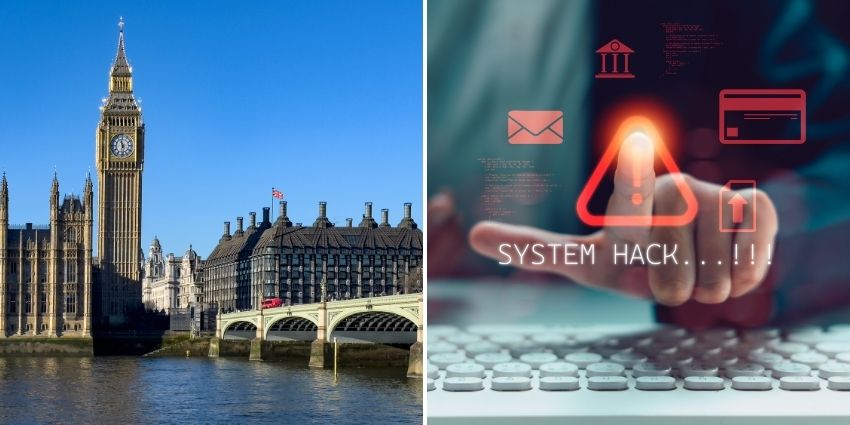Since its pandemic-era breakthrough, Zoom has evolved from an emergency communication lifeline to a comprehensive workplace platform. However, security considerations must take centre stage as organisations embed Zoom deeper into their operational DNA.
For IT leaders and tech decision-makers, implementing robust security protocols isn’t just about preventing breaches but grounding sustainable digital foundations for the hybrid work era.
- The Ultimate Zoom Communications Guide: Everything You Need to Know
- Migrating From Microsoft Teams To Zoom: 10 Essential Tips For A Smooth Transition
Zero Trust is the New Normal for Zoom Security
The concept of “trust nothing, verify everything” is no longer just security jargon but a fundamental approach to protecting your Zoom environment. Implementing Zero-Trust principles across your Zoom Workplace means treating every access request as potentially hostile, irrespective of origin.
The traditional perimeter-based security model doesn’t pass muster in today’s distributed work world. With Zoom Workplace, every meeting, chat, and file transfer becomes a potential entry point that needs verification. According to Zoom’s security documentation, its platform supports this approach via robust identity verification features.
Start by enforcing multi-factor authentication (MFA) for all Zoom account access, especially for admin accounts with elevated privileges. Zoom’s integration with major identity providers enables seamless SSO implementation while preserving strict verification protocols. This capability is highlighted in Zoom’s enterprise security framework, which emphasises strong identity controls as the building blocks of its security architecture.
Going Beyond the Basics of Encryption
Zoom’s end-to-end encryption (E2EE) capabilities have improved substantially since the early pandemic scrutiny. Today, enabling E2EE for meetings should be standard practice for sensitive comms.
For IT leaders managing enterprise environments, pay special attention to in-transit encryption, ensuring all data exchanged during meetings uses TLS 1.2 encryption at a minimum. At-rest encryption is equally important, with Zoom implementing AES-256 encryption standards for recorded meetings and stored files. Proper management of encryption keys, particularly for cloud recordings, completes this security triad.
Zoom’s security white papers state that these encryption standards align with industry best practices and regulatory requirements for data protection.
The encryption conversation isn’t just about checking a compliance box, however. It’s about producing genuine confidentiality that allows for candid business discussions across distributed teams. Zoom’s Enterprise platform affords precise encryption settings, enabling admins to institute organisation-wide security policies geared around specific sensitivity levels.
Role-Based Access Controls Offer Granular Security
The principle of least privilege applies meaningfully to Zoom Workplace security. Not every team member needs the ability to schedule webinars, create breakout rooms, or access meeting recordings.
Zoom’s role-based access controls allow IT leaders to create customised permission sets aligned with organisational ecosystems. This isn’t just about restricting functionality but streamlining workflows while impeding potential attack surfaces. The Zoom Admin Portal offers sophisticated role definitions that can smoothly map to pre-existing organisational hierarchies and responsibility boundaries.
Consider implementing custom admin roles with specific permissions that meet operational needs. Zoom’s group management features allow security teams to establish department-specific settings, enabling them to introduce context-appropriate controls.
Regular access reviews can be conducted to tweak permissions as roles evolve within the organisation. Zoom’s administrative audit logs make these reviews more manageable by granting visibility into permission changes over time.
Data Loss Prevention Empowers You to Protect What Matters
With Zoom increasingly becoming a conduit for sensitive info exchange, data loss prevention (DLP) strategies warrant a spotlight. When teams collaborate via Zoom, intellectual property frequently changes hands. Proprietary information can be exposed through chat, screen shares, or recordings without proper guardrails.
Zoom’s DLP features allow admins to establish clear retention policies for meeting recordings and chat logs that align with governance requirements. The platform can also detect and block sensitive data sharing in real time, utilising pattern matching and keyword detection.
Zoom also offers API connections to integrate with enterprise DLP solutions for more sophisticated needs, extending existing information protection policies to the communications and collaboration platform.
Naturally, these capabilities aren’t optional for regulated industries but essential components of a thorough and exacting governance framework. Zoom’s compliance documentation explicitly addresses how these features fulfil requirements across myriad regulatory standards, including HIPAA, GDPR, and CCPA.
Third-Party Integration Security
The power of Zoom Workplace is partly predicated on its robust integration ecosystem. However, if not properly managed, each connected app can pose a potential security vulnerability.
Introduce a formal review process for all Zoom app integrations, centred on data access permissions required by each integration. The authentication mechanisms between systems should be scrutinised for potential weaknesses.
Finally, verify the compliance certifications held by third-party vendors before allowing their integration with your Zoom environment. Zoom’s Marketplace offers security information for each integration, spurring on this vetting process.
The security of your Zoom environment is only as strong as its weakest integration. One overlooked API connection can derail your entire security posture. Zoom’s admin controls allow for granular permissions around which integrations can be installed and what data they can access, presenting invaluable guardrails for preserving security boundaries.
Proactive Monitoring and Incident Response
Even with preventative measures, security-conscious organisations must stay hyper-vigilant through monitoring and rapid response capabilities.
Zoom’s admin dashboard affords real-time visibility into potential security anomalies, such as unusual access patterns or login attempts. The system flags unexpected geographic access locations that might signal account compromise. Meeting disruption attempts or policy violations are also tracked, allowing for proactive intervention. These monitoring capabilities are documented in Zoom’s security operations centre integration guides.
Integrate these alerts into your broader security information and event management ecosystem for extensive threat detection and response. Zoom provides APIs explicitly designed for security monitoring integration, allowing events from the platform to spark relevant investigation workflows.
Building a Security-First Culture
The final best practice is also arguably the most important. Technical controls alone can’t secure your Zoom ecosystem, and user behaviour remains critical. Encouraging a security-conscious culture necessitates ongoing education and engagement.
Consider implementing regular security awareness training specific to Zoom best practices as part of your overall security program. Clear communication channels for reporting suspicious activities should be established and publicised throughout the business.
Recognition programs for teams demonstrating outstanding security behaviour can reinforce and celebrate positive practices. Zoom provides educational resources specifically designed for end-user security awareness that can be smoothly incorporated into these programs.
Tech leaders can sometimes overlook the human element. However, on collab platforms like Zoom, user choices directly impact organisational security posture every single day. Zoom’s security settings are designed to balance usability with protection, but proper user education fulfils the potential of their effectiveness.







